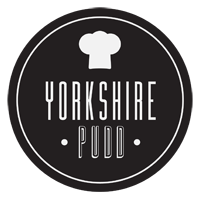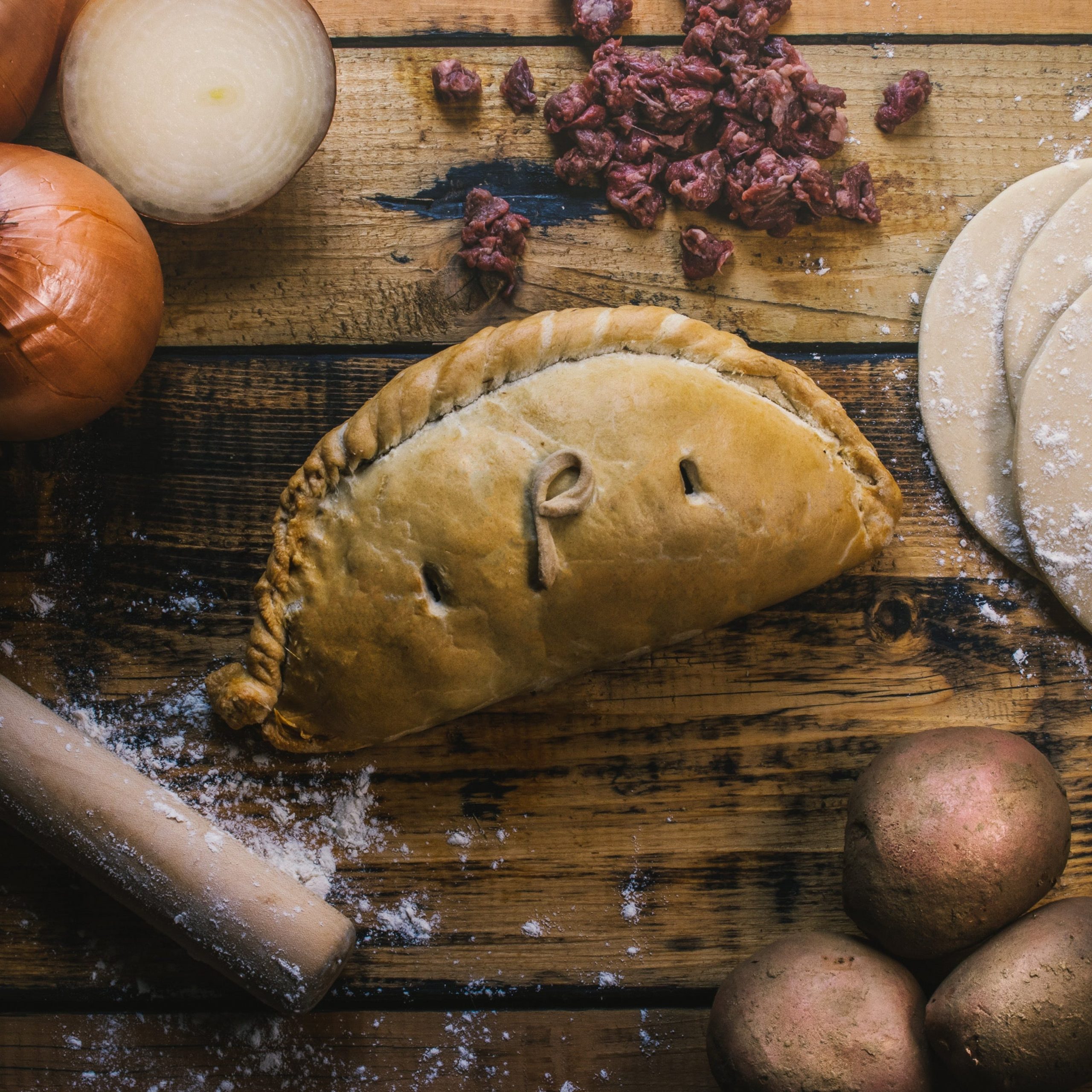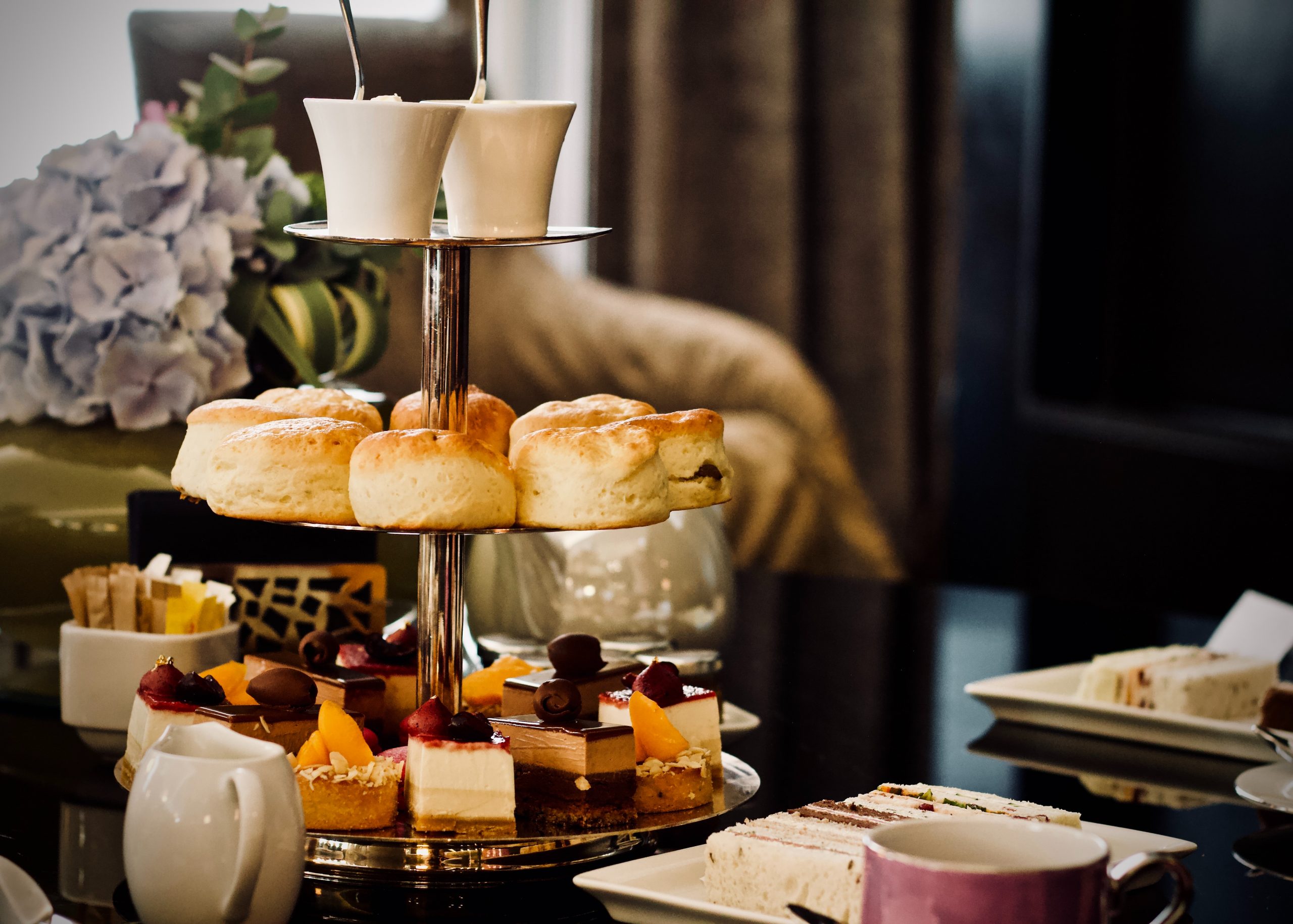From Fish and Chips to Bakewell Tart: Exploring British Culinary Delights
Every country celebrates its cuisine with unique national dishes they’re proud of, even if sometimes they’re not to everyones taste. Whether or not other countries get behind your favourite food, every country tends to be known for something. In Britain, we have a wide selection of foods that tourists make sure they try before leaving, even if it has to be after a few pints! This article will look at several dishes that British people might automatically think of when talking about British Foods.
Fish and Chips
We’re an island – seafood is part of our culture going back for millennia. Think eating deep-fried battered fish with chips smothered in salt and vinegar on the seaside out of a takeout container (used to be newspaper) with a wooden fork. It’s a staple of most British holidays – bonus points if it’s windy and overcast and you’re huddled together in thick jumpers as you watch the waves crash and get hit by the spray.
Jellied Eels
Jellied Eels came from the East End of London back in the 1700s. It’s chopped eels boiled in a spicy stock that is allowed to cool and form a jelly-like consistency. They’re eaten cold with some vinegar and pepper and taste like pickled herring. Fortunately, this dish is much less common than it used to be, and if you want to try it, you will have to hunt around.
Whelks
This one is making a comeback on the British coast – which is great for our sustainably-minded world! Whelks are a type of sea snail, and they used to be an everyday snack everywhere, served with a little sprinkle of vinegar from Victorian times up to the 1960s. Now 95% of our whelks go to South Korea, but their popularity is back on the rise here too.
Pies
Pies of all shapes and sizes are incredibly popular across Britain, as you might gather from a country which includes ‘The British Pie Association’. Each region has its favourites, and there are always many to choose from. Companies like Mud Foods even make it possible to have award-winning pies delivered right to your doorstep – we might make fun of our politicians, but pies are always serious business.
Cornish Pasty
The traditional Cornish pasty is so linked to our heritage that it was given Protected Geographical Indication (PGI) status in 2011. It has been around since the 13th century and became a standard part of 17-18th century workers’ diets in Cornwall. They were an all-in-one concept with meat and veg and a handy chunk of pastry to hold on to while eating.
Laverbread
Laverbread is a traditional Welsh food. It is made from an edible seaweed called Laver and is nothing like bread. It is more like a sauce or puree used with other food. It is often eaten spread on toast like a jam (some people add a squeeze of lemon juice) or eaten with eggs and sausages.
Yorkshire Pudding
Yorkshire pudding is a savoury dish made from batter and cooked in the oven at high temperatures. It’s generally eaten with roast dinners as the traditional cooking method was sitting underneath the meat cooking in the fireplace so that the meat juices would flavour them. They’re simple to cook but take years to perfect.
Haggis
Haggis is made of sheep’s offal, including the heart, liver, and lungs (not a wild haggis, they’re very different creatures). The offal is mixed with onions, oatmeal, suet, spices and stock. The sound of it puts many people off, but it’s very similar to a sausage but with a crumblier texture due to the oatmeal.
Devonshire Ice Cream
Of course, stopping for a 99’ from any van blaring music is a must on a British holiday (or 2 or 3), but the standout ice cream tends to claim it’s from Devon. Devon has a large dairy-farm heritage and produces some amazingly delicious treats.
Chicken Tikka Masala
This might seem odd in this list, but it is one of Britain’s favourite meals, and most would call it a national dish. The Chicken Tikka Masala was created by a Bangladeshi chef (possibly in the 1960s) as a more acceptable version of a Chicken Tikka dish to British customers (who were just getting used to the new cuisine available). These days one of the top recommendations of a quintessentially British meal is likely to be an ‘Indian’ with Chicken Tikka Masala as the leading choice.
Beef Wellington
If you hear that a place is known for its Beef Wellington (and you like beef!), go try it out. Cooking a Beef Wellington perfectly is difficult, so you want to go somewhere that can get it right. It was supposedly created in honour of the first Duke of Wellington after his victory over the French at the Battle of Waterloo in 1815. Realistically it is more likely that it was a renamed French dish (possibly as a result of the wars) – but it is still undeniably popular in Britain.
Afternoon Tea
It’s hard to think of British cuisine without the idea of afternoon tea springing up. Of course, the content can vary, but generally, it should include small sandwiches, an array of finger cakes, and scones with jam and cream. Even just scones and jam on their own are a great British treat – just be careful where you’re eating them; you don’t want to get sucked into the jam vs cream debate.
Full English breakfast
A full English Breakfast will be available wherever you are in the UK. Specifics might vary depending on where you are, but you should expect sausages, bacon, mushrooms, baked beans, toast (or even fried bread), black pudding, eggs and grilled tomatoes, washed down with large amounts of tea. If done right, you won’t need food until evening. If you’re in Wales, expect a Welsh breakfast and prepare for haggis if you’re in Scotland.
Bakewell Tart
Bakewell is a market town in Derbyshire that is known for its Bakewell Tart and Bakewell Pudding – neither should be confused with the Mr Kipling variant, a cherry Bakewell. Both are traditional desserts and were mostly eaten by the rich. The Bakewell Tart is made from shortcrust pastry with a layer of jam, filled with frangipane, and then topped with almonds. The Bakewell Pudding is similar but made with a puff pastry base and has more of a custard filling.












